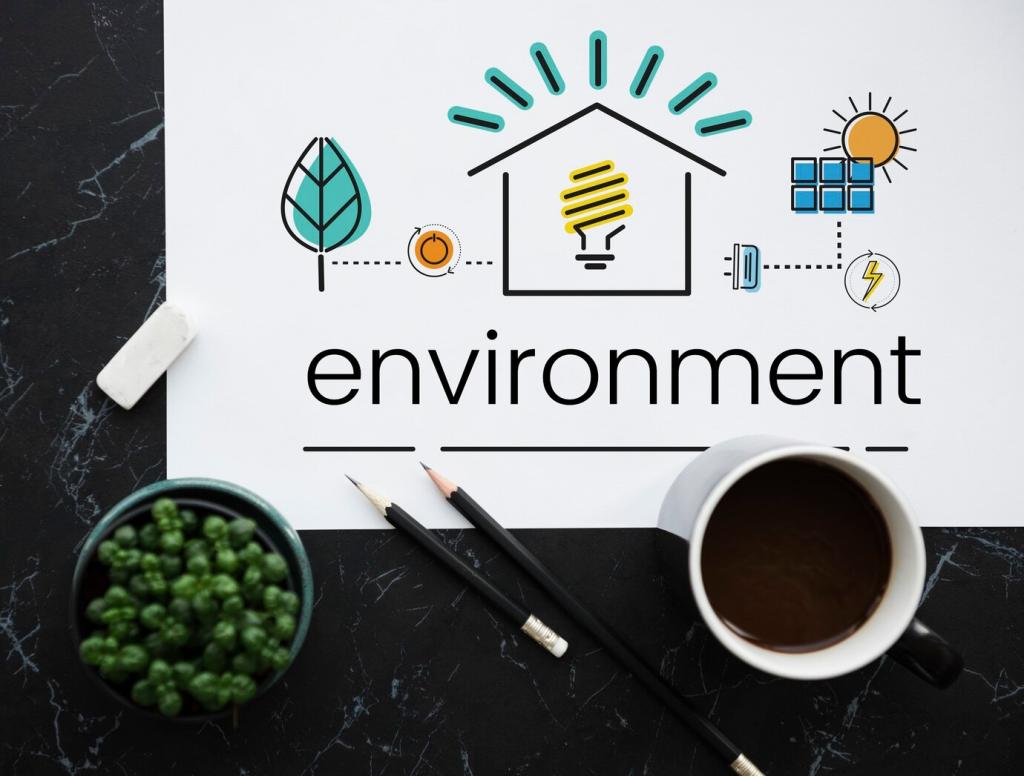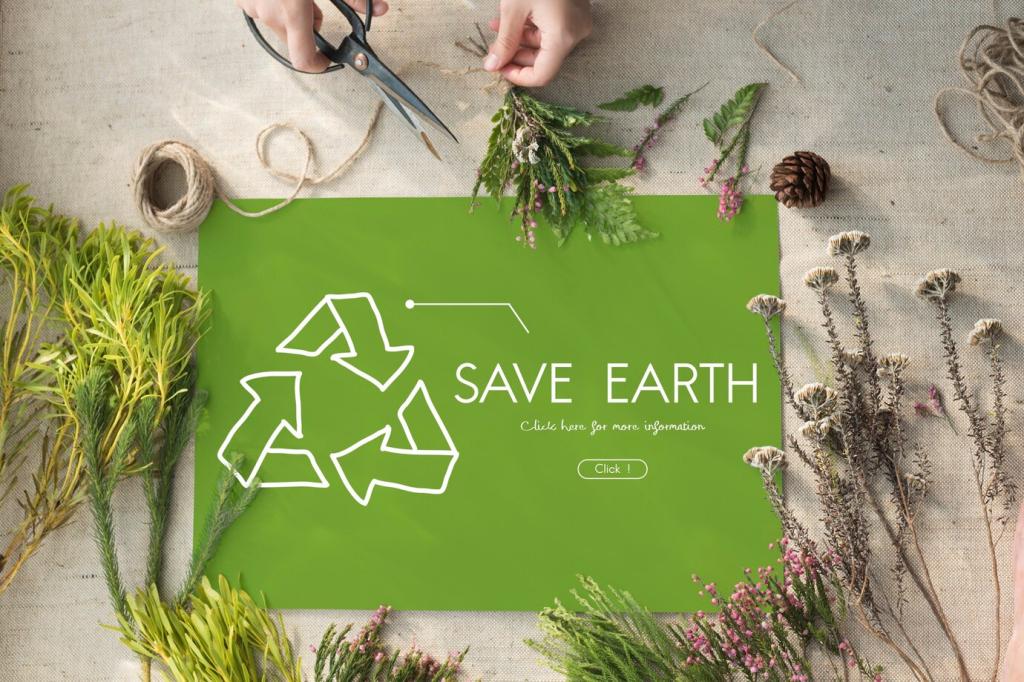Design Light: Eco-Friendly Graphic and Media Optimization
Chosen theme: Eco-Friendly Graphic and Media Optimization. Welcome to a creative space where pixels carry purpose, media loads faster, and thoughtful design lowers energy use without sacrificing beauty or storytelling. Subscribe to join our low‑carbon design journey.
Why Sustainable Pixels Matter
The Invisible Carbon Cost of Images
Large, unoptimized images often account for most of a page’s weight, demanding extra data transfer and energy. Compressing and right‑sizing assets lowers emissions, loads faster on mobile, and respects users on limited or costly connections.
Video Bitrate and Power Consumption
High bitrates can overwork devices and networks. Choosing efficient codecs, adaptive streaming, and the right resolution per context cuts power use significantly, while preserving visual clarity where it actually matters to the viewer.
Designing for Longevity
Sustainable graphics outlive campaigns by being modular, brand‑consistent, and easy to repurpose. Fewer redesigns and smaller updates reduce production cycles, storage, and waste, letting teams focus energy on content that truly helps audiences.
Lightweight Design Principles
Pick the Right Format for the Job
Use AVIF or WebP for photographs, SVG for vector icons and illustrations, and modern codecs for video. Proper formats paired with smart compression regularly halve payloads, often without a perceivable drop in quality for users.

Practical Workflow: From Brief to Green Delivery
Start every project with a quick inventory. Flag oversized images, unnecessary variants, and legacy videos. Define target sizes and formats per breakpoint, then replace heavy files with optimized counterparts before they ever reach staging or production.
Use build steps for responsive images, lazy loading, and codec conversion. Add linting for maximum dimensions, compression thresholds, and color profiles. Automation enforces standards, saving humans from repetitive tasks while consistently preserving quality.
Bring designers, developers, content editors, and SEO together. Agree on budgets for kilobytes and media formats. Shared goals remove guesswork and prevent regressions, ensuring eco-friendly graphic and media optimization is everyone’s responsibility, not an afterthought.

Case Story: The Magazine That Shrunk Its Footprint
The Diagnosis
A digital magazine noticed readers bouncing on mobile. Audits revealed massive hero images and auto‑playing video teasers. The team committed to eco-friendly graphic and media optimization, setting a clear target to cut total page weight in half.
The Sprint
They converted photographs to AVIF, replaced decorative video with motion‑aware GIF‑to‑MP4 swaps, and implemented responsive srcset. Designers simplified textures into SVG motifs. Editors switched to stills for previews, reserving video only where storytelling needed motion.
The Outcome
Average page weight dropped by 58%, and time‑to‑interactive improved dramatically. Readers scrolled deeper, subscription conversions rose, and hosting energy estimates fell. The team now treats optimization as craft, not compromise, celebrating lean design wins regularly.
Measuring Impact and Telling the Story
01
Monitor grams of CO2 per page view, total transfer size, Largest Contentful Paint, and video watch efficiency. Share dashboards with your team and invite feedback. Subscribe to our updates for templates that make reporting beautifully simple.
02
Publish before‑and‑after comparisons for key pages. Celebrate reductions, note trade‑offs, and document lessons. Transparency builds trust, helps stakeholders understand decisions, and encourages readers to adopt similar practices in their own design and media workflows.
03
Treat budgets as creative prompts. Limit kilobytes, frames, and colors intentionally, then explain your choices in release notes. When audiences learn why something is lighter, they often appreciate the craft and share your story with others.
Only animate when it communicates meaning. Respect reduced‑motion preferences and consider subtle transitions over heavy effects. Carefully tuned easing and duration can guide attention effectively while keeping files small and devices pleasantly cool.
Inclusive, Eco-Friendly Motion and Media
Compress audio with modern codecs, trim silence, and loop ambient tracks thoughtfully. Provide adjustable quality for slow networks. Small, well‑mastered files reduce load, preserve clarity, and ensure media remains respectful of listeners’ data plans and environments.
Inclusive, Eco-Friendly Motion and Media
Your Turn: Join the Low‑Carbon Design Movement
Pick a high‑traffic page, set a size budget, and optimize images and videos first. Measure the difference and share results internally. Small wins prove value and create momentum for broader adoption across your entire content ecosystem.

